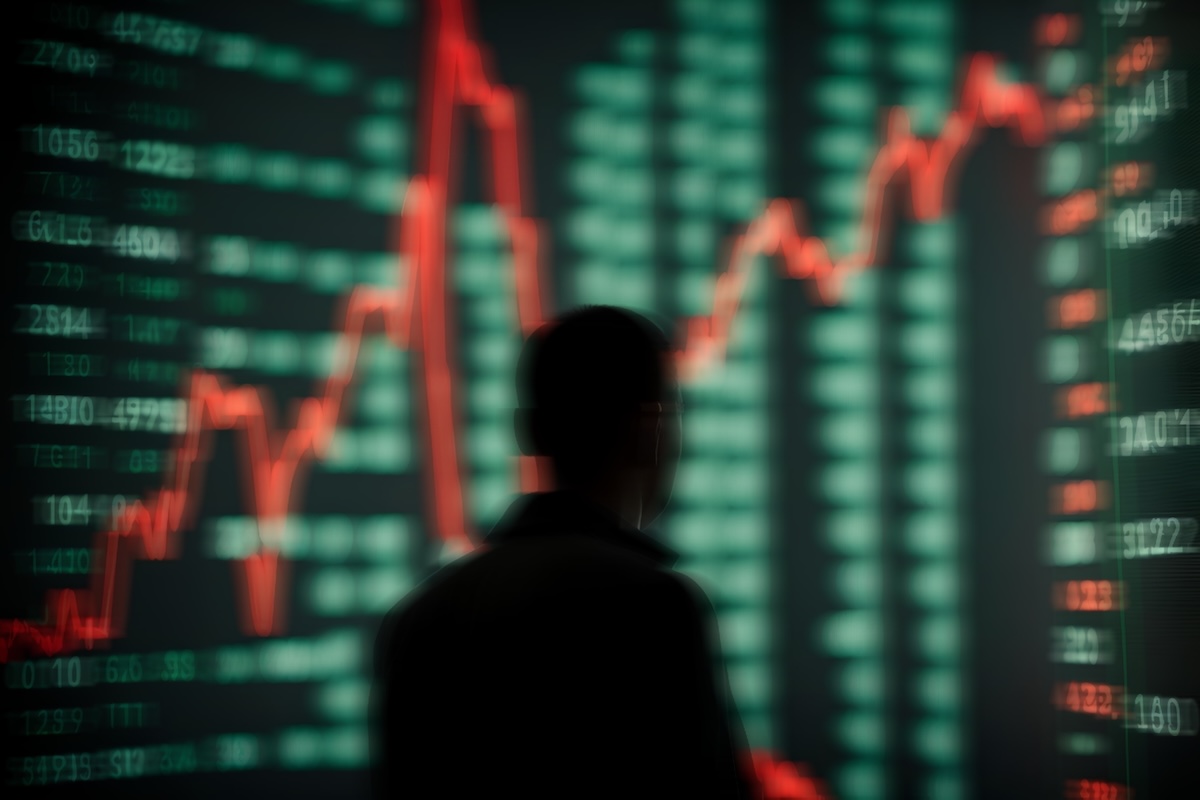
Active fund managers are suffering through one of their toughest years on record. As stocks surge to new highs, most professional investors have struggled to keep pace, underscoring how hard it is to beat the market during powerful bull runs.
As of the end of September, only 22% of active funds have outperformed their benchmarks year-to-date, according to Jefferies data.
That’s the weakest showing in at least 26 years and far below recent levels (60.4% in 2021 and 60.5% in 2022) as well as the long-term average of roughly 42%.
Why active funds have missed the boat in 2025
Active funds, portfolios managed by professionals who try to outperform benchmark indexes such as the S&P 500, typically rely on research-driven stock selection and market timing.
These strategies come with higher fees than passive funds, which simply track an index.
In 2025, that extra effort didn't pay off. Many active managers have been underweight Big Tech, hesitant to hold richly valued stocks like those in the “Magnificent Seven.”
That caution has cost them dearly, as a handful of mega-cap technology stocks have contributed disproportionately to this year’s market gains.
Funds that steered clear of those names largely missed the rebound that followed the “Liberation Day” sell-off in early April.
Persistent underperformance is testing investors’ willingness to pay up for active management.
If professionals can’t deliver superior returns, capital may continue flowing toward low-cost index funds such as the retail-fueled buy-the-dip” approach.
Active management’s higher costs add to the challenge. Large research teams, frequent trading, and higher operating expenses make these funds more expensive to run.
When performance lags, those fees become harder to justify — and investors increasingly question whether complexity is worth the cost.
Individual investors are winning the simplicity game
The recent slump is part of a broader pattern. A Morningstar study found that only one in five active funds beat the average of their passive peers over the 10 years ended June 2025, according to analyst Bryan Armour.
Even within the active category, cheaper funds tend to fare better than their higher-cost counterparts. “Investors have caught on,” Armour wrote, noting that many are becoming more selective about where they invest.
The difficulty of beating the S&P 500 is well documented. As investing author Larry Swedroe observed, fewer than 6% of U.S. stock funds outperformed the index between 2005 and 2024.
Meanwhile, retail investors appear to be thriving by keeping things simple.
According to Dow Jones market data, the S&P 500 has averaged a 2.3% gain one week after a one-day drop of at least 2%, suggesting that those who keep it simple are the ones reaping the rewards.
Your email address will not be published. Required fields are markedmarked